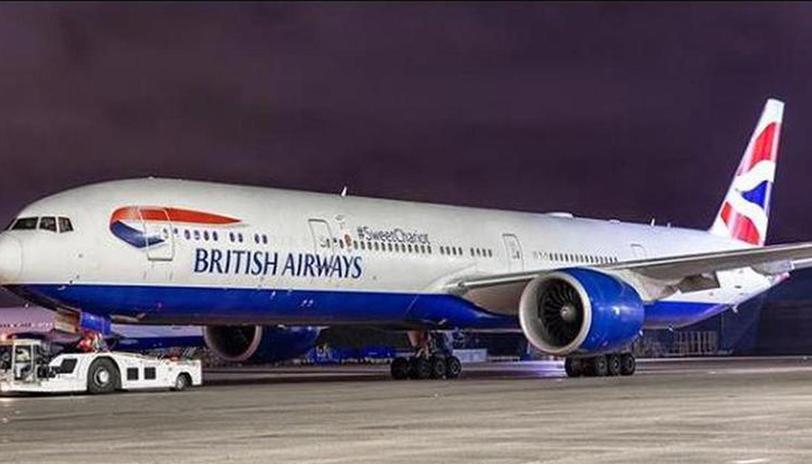Mamallapuram 2nd informal summit: PM Modi welcomes Chinese President Xi Jinping
Prime Minister Narendra Modi, wearing the traditional Tamil attire of ‘Veshti’, welcomed Chinese President Xi Jinping at Mamallapuram, also known Mahabalipuram, for the second informal India-China Summit.
The significance of the setting adds to the import. Mamallapuram acted as a bridge between India and China between the 6th and 9th century AD when the Pallava dynasty was at its pinnacle. The monuments here show that India has always played a central civilization role in global trade and commerce. Prime Minister Modi expalined the significance of these monuments and temples dating back 1300 years. What sets them apart from other historical sites is the fact that they are not museums; they are all living monuments.
The first stop for the leaders was the unfinished cave that is a part of Arjuna’s penance. Most say it depicts the Pandava prince trying to propitiate Shiva to get the the pashupat astra. Some say it depicts Bhagirath trying to bring Ganga to earth….be that as it may apart from showcasing India’s civilizational heritage these monolithic rock scupltures also highlight India’s ability to live in harmony with nature. At Arjun’s Penance, there are 20 scenes with animals, but none is of violence or hunting.
Next it was the turn of Krishna’s Butter ball. A marvel of nature this single rock piece carving defies gravity. PM Narendra Modi and President Xi Jingping stood beneath this gigantic granite boulder 6 meters high and 5 meters wide and weighing around 250 tons, resting on a short incline. Mythology has it that this symbol of Krishna’s favourite food fell from heaven. It is believed that several kings of Pallav lineage tried to dislodge the butter ball but failed. In 1908 Governor of Madras Sir Arthur Law-by also failed despite 7 elephants tugging and pulling to remove it.
The two leaders walked through the ancient complex of the Panch rathas in Mamallapuram. Each of the five monuments in the premises resembles a chariot, and is carved from a single, long stone depicting Dharamraj ratha, Bhim ratha, arjun Ratha, Draupadi ratha and Nakul and Sahdev ratha. Once again there is a second theory that suggests the Draupadi rath is actually a durga temple with the lion she rides standing guard outside.
Taking a break the two leaders sat down to a nariyal pani or coconut water break in the Panch ratha complex. This was a throwback to the chai pe charcha in Wuhan when the two leaders chatted over several cups of tea by the East Lake and then during the boat ride on the lake. The first informal summit
As the sun set along the bay bengal the Shore temple took on a different hue. From the golden glow to the calm blue. PM Narendra Modi & Chinese President Xi continued their conversation against the backdrop of the magnificent temple, the last of the monuments visited by the two leaders in Mamallapuram. The temple is one of the oldest in southern India and has with stood the wrath of nature. Housing three shrines of which the prominent ones are dedicated to lord Shiva and lord Vishnu, the scenes depicted on the carved walls of the temple depict everyday life..almost signifying theco-existence of the divine and the mortals.
The free flowing nature of the Informal Summit at the UNESCO World Heritage site will certainly continue and deepen contacts at the highest level, guiding the future trajectory of India-China relationship. The bonhomie between the two leaders at the site of ancient engagements between the two civilisations will ensure the deepening of people to people ties in Asia’s century….the 21st century.
Before winding up the day’s events, Prime Minister Narendra Modi hosted the dinner for the visiting dignitary at the Shore Temple premises.
On Saturday, Prime Minister Modi and President Xi will have a one-on-one meeting followed by delegation level talks. Being an informal summit, both the leaders would engage themselves in open and candid talks touching upon several subjects of bilateral, regional and global importance.




